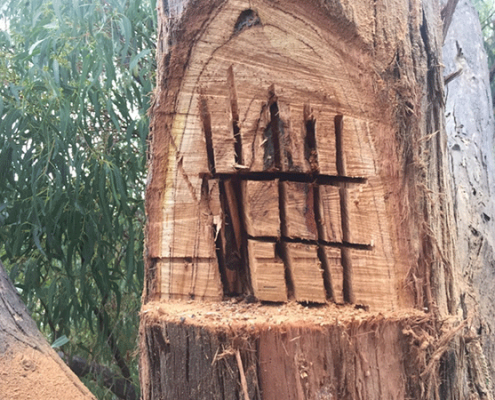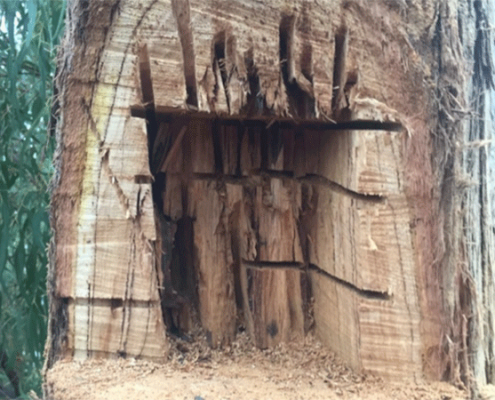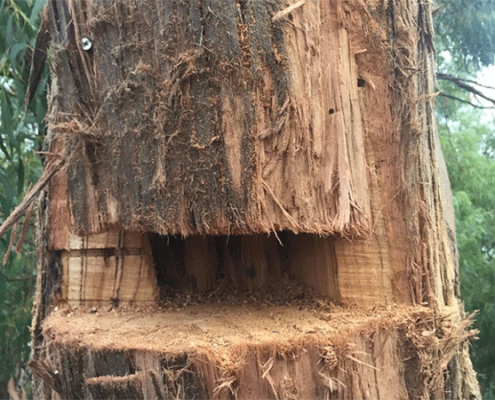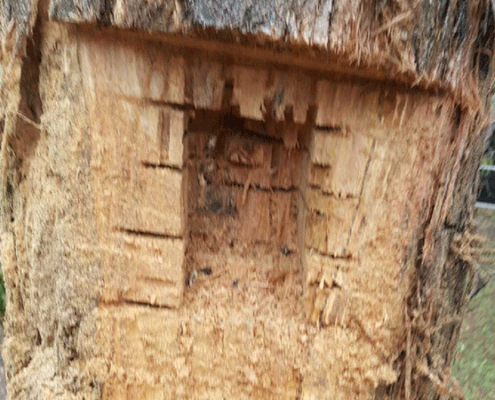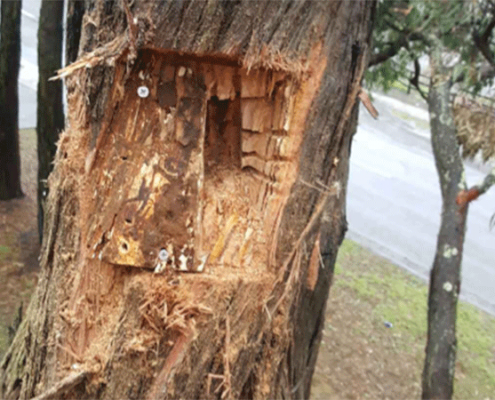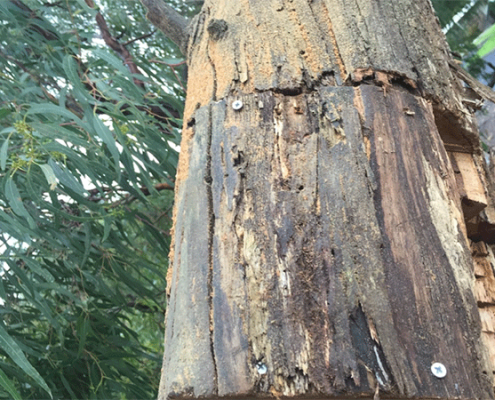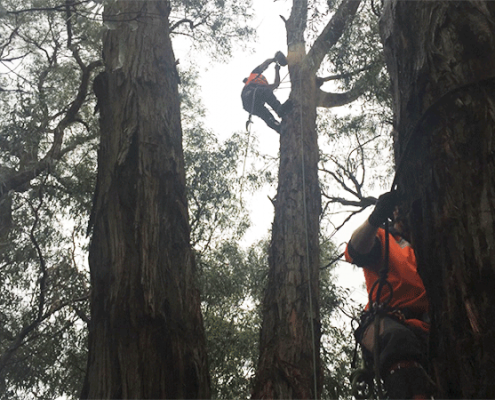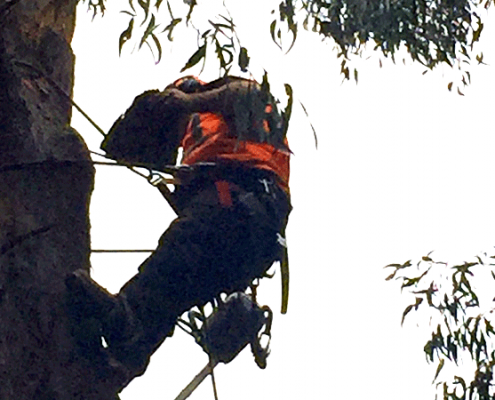Nurturing Our Community
The staff and students at Cire Community School Yarra Junction care about the environment, so they have decided to do something about it by becoming a ResourceSmart school.
So what does this actually mean?
Basically, it’s a program designed to improve the way we use our resources at Cire Community School and, through this program, we learn the benefits of being more sustainable. From students through to the teachers and even the wider community, changing the way we use our energy is necessary for our future.
Completion of the core module will initiate our journey as we discover our energy, water and waste usage. We will track our biodiversity, providing students with hands on approaches by learning different ways to come up with sustainable solutions.
Imagine the students creating a community garden space right here in our school grounds. They would be involved right from the start, from planning and design, constructing plant boxes, maintaining gardens and future development of the space. What an accomplishment it would be harvesting for the first time and knowing that all the produce was created in a sustainable environment. There is so much to gain from teaching these skills to our future generations.
So you can see it’s not just a singular idea. It is a comprehensive approach to improving the way our school runs and is a project that we can all get involved with.
As the program expands we hope that the wider community will also see the way our school is advancing towards a nurturing environmental future, also increasing the scope of future programs we can offer to those who really need it, our students.
As we travel along the path to gaining a 5 star energy efficient ResourceSmart school rating, Cire will naturally be more and more environmentally sustainable. We hope the changes create a positive impact on the way that we see sustainability and show the students that a little hard work and dedication can make a massive impact on tomorrow’s future.
We will be posting our progress of our journey to sustainability, so keep your eye out for future posts about what we have achieved and what is on the horizon.
If you would like get involved in creating this wonderful new environment or would like to find out more about our project, you can contact Bernadette Murray, Education Support Officer on 0449 295 344 or contact Cire Community School on 1300 835 235.
For further inforation on Cire Community School click here.

